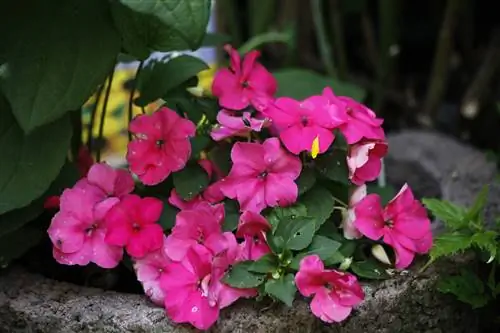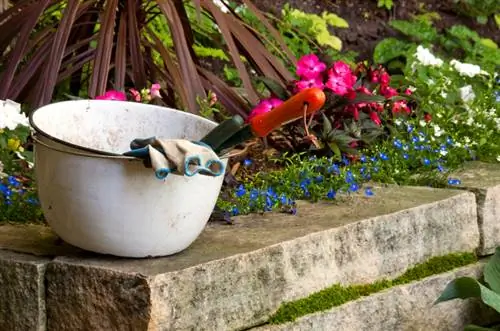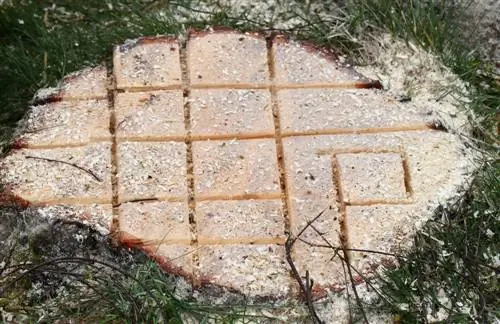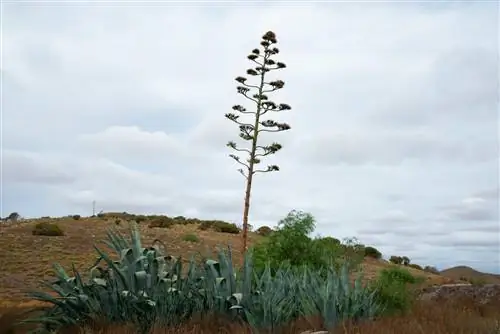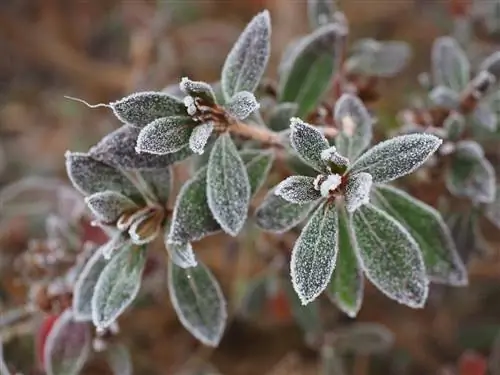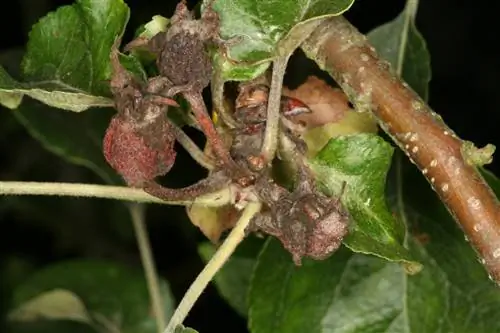- Author admin [email protected].
- Public 2023-12-16 16:46.
- Last modified 2025-01-23 11:22.
The busy Lieschen is quite sensitive to frost and can be damaged at temperatures below ten degrees. In this guide we will show you how frost damage becomes noticeable and how you can perhaps save the plant.
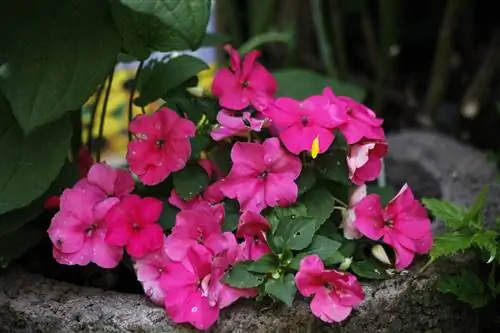
How do I know if Busy Lieschen has frozen to death?
A clear sign that it was too cold for the hard-working Lieschen isglassy, withered leavesthat hang limply downwards. Thebranchesof the plants may bebrownish colored and mushy. Buds and flowers turn brown and fall off.
How does the frost damage occur on Busy Lieschen?
In itswarm, East Africanhomeland, the busy Lieschen could notunlike native plants Adapt to cold and is not hardy. That is why the water in the plant's cells begins to freeze at temperatures below zero degrees. The sharp ice crystals destroy the cell structure, the leaves become mushy and hang limply.
The rhizomes, on the other hand, are quite robust and only suffer damage if the perennials have been exposed to the cold for longer than one night.
Can the busy Lieschen still be saved?
If it has become too cold for the heat-loving plants in spring, bring them into the house andputthe potsonabout oneten degrees warm place.
Now proceed as follows:
- Cut back all parts of the plant that are obviously frozen.
- Hard-working lizards can even be cut back to just a few centimeters above the ground and they will sprout again.
- Pour sparingly.
- Cut off shoot tips that no longer stand upright.
Dispose of busy lizards that have frozen in the fall, as they almost always die in their winter quarters.
Tip
The busy Lieschen can't stand the rain
The pretty permanent bloomers are not only sensitive to cold, they also don't like heavy rain. Therefore, place the plants in a place protected from wind and precipitation. At best, the location on the balcony is even covered.

